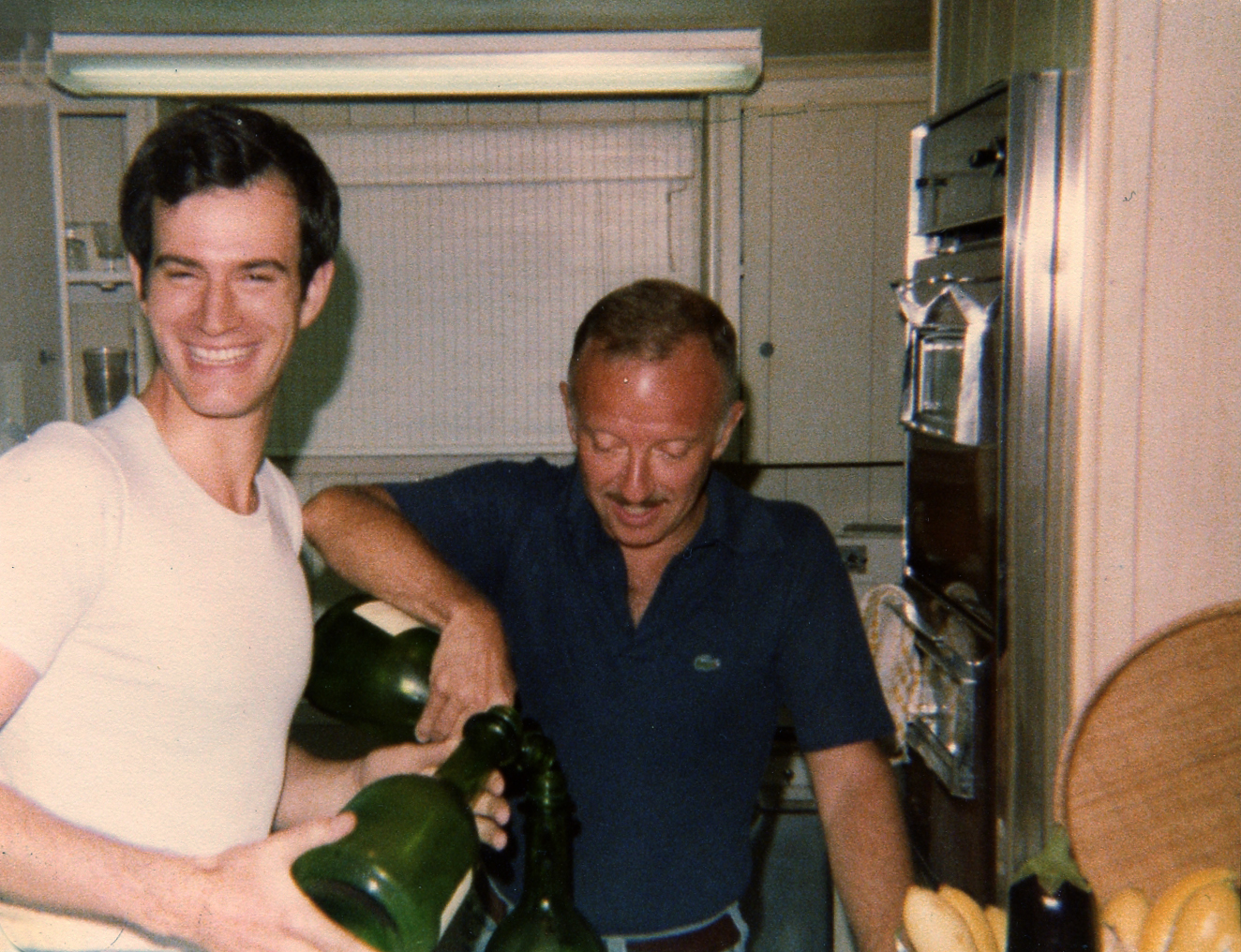Plum Blossoms and Fleurs de Lis:
War and Peace in the Forbidden City and Versailles
Four Nations Ensemble and Music From China
Sunday, April 21st at 6 PM
Salon Sanctuary Concerts in New York City
Thursday, April 25th at 8 PM
Market Square Concerts in Harrisburg Pennsylvania
I met Albert Fuller in New York in 1967 after his recital on the Hunter College Harpsichord Series. He played Rameau, Couperin and Le Roux. At 16 years old my response was, “I want to do that.” It was not until 1972 after another concert, this time the Bach sonatas for harpsichord and violin, with Sergiu Luca that we spoke at length to each other. I had just auditioned to be part of his class at the Juilliard School and he invited me to join his friends at Sheila Chang’s very fine Szechuan restaurant. It was the first time I had enjoyed great Chinese cooking and he told me then, and often, that the two great world cuisines were Chinese and French.
Albert’s New York apartment was a gentleman’s cabinet of interesting, quirky, funny, touching, elegant, and beautiful objects from all over the world, both modern and ancient. Egypt and New York, Paris and Beijing, Motown and Monteverdi were face to face. Every juxtaposition exhibited shared humanity and the need to communicate experience. The atmosphere was rich with genius.
An evening at Albert’s always included listening to music and here I heard the Jazz pianist Don Shirley’s improvisations on Schubert, Rumanian choruses, Handel Arias and the latest disco hits.
And so, though I had not seen it done before, in 1992 when I invited Music from China to join the Four Nations Ensemble in a program of court music from China and Versailles, my inclination was not entirely original. The idea flowered from those many evenings looking at and listening to the world with my mentor who loved sharing his passion for it.

1977 on Fire Island.
There are things to be learned from our program. Chinese composers love creating images through music and the war jangle of the pipa will find a more restrained cousin in Couperin’s harpsichord. Sounds of nature heard in several Chinese works are also heard in Rameau’s chirping of birds and from Marais human sighs. The ornamentation and coloring of a melody on the erhu (spike fiddle) are akin to the proliferation of ornaments in Baroque music, particularly Parisian music.
I don’t want to sell Four Nations short. This program and the programs of contrasting repertories we have created over 25 years are unique and uniquely beautiful. If you can join us this week, we will create a chamber of music from two corners of the world. For the musicians on stage it is an evening of mutual admiration. It is possible that in our audience, listening for the first time to Ambush on Ten Sides or A Moonlit River in Spring, there will be ears and hearts opened to a different treasury of great music. And then, like my mentor Albert Fuller, I will be sharing a love of this great and grand world with others.
For Tickets to these events click below:




Leave a Reply